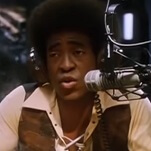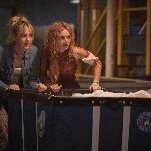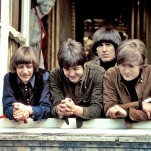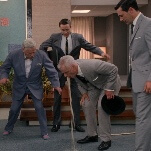As fans of TV and movies, you’ve probably seen millions, if not billions of dollars worth of fake money move across the screen. Handed off in suitcases by shady businessmen, rained down on dancers, used as a bed... Money talks, and prop money’s job is to talk as much like real money as it can.
Of course, the Secret Service has a word for people who attempt to print real-looking fake money, too: counterfeiters. And that conflict—between prop manufacturers seeking verisimilitude, and federal agents trying to keep fake money off the streets—is the crux of this article from Priceonomics.
The article traces the use of fake (and formerly real, but now valueless) money in movies. It dates all the way back to 1903’s The Great Train Robbery, through the use of Mexican currency rendered worthless by that country’s revolution in the early part of the 20th century, all the way up to businesses that operate today by loaning out collections of period-authentic cash to studios producing films set in the past. Along the way, it also highlights the legal hurdles faced by the two major fake money prop houses, both of whom have been hit with inventory seizures and cease-and-desist letters from the government for producing faux-cash that looked too close to the real thing. All in all, it’s an interesting glimpse at the very real business behind so many fake ones.








































